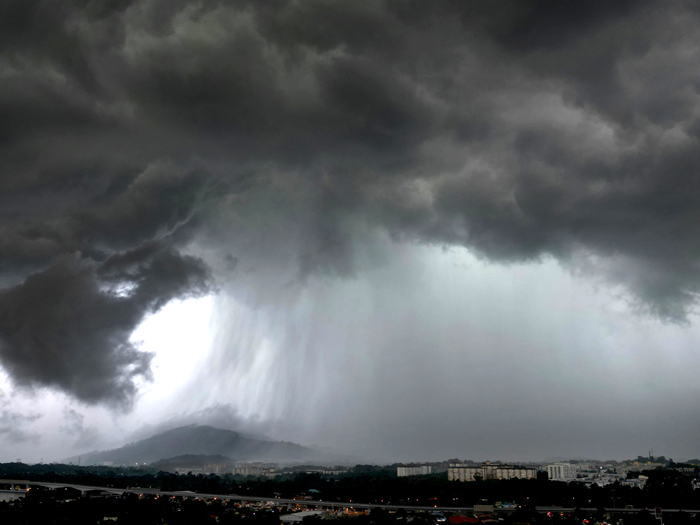3 Wildfire Resilience Considerations You Can’t Ignore
Wildfires are a growing global threat to people and property due to persistent drought, warmer low temperatures, periodic high winds and excessive dried vegetation in forests and grasslands.
Beyond just climate and wildland vegetation conditions, communities, businesses and even key infrastructure continue to proliferate in near wildland areas, known as the wildland-urban interface, further increasing the risk.
There is especially great concern about the potential for catastrophic fires as a result of persistent drought in the Western United States this year. According to the Insurance Information Institute and the U.S. Drought Monitor, 95% of land in the Western U.S. is experiencing moderate to severe drought.
The early season Bootleg Fire in Oregon and Dixie Fire in California have already jointly consumed more than 600,000 acres, driven by extremely dry fuels, which is often a byproduct of sustained drought conditions.
The statistics are clear: it has never been more important for businesses to implement strategies that can improve wildfire resilience of their buildings and operations.
In order to effectively manage wildfire risk, business leaders must have an understanding of their operational exposure to wildfire. Wildfires can threaten a structure or building via wind-blown embers, direct contact by flames, as well as radiant heat.
Interestingly, embers are the leading cause of structure loss during a wildfire; wind-blown embers can ignite buildings and vegetation as far as 2 miles from the fire itself. Reviewing Fire Hazard Severity Zones Maps of their local or regional area is a good place to start when trying to understand the potential risk for each of their operating locations.
Additionally, practical steps can increase the resilience of building structures, protect employees and improve a company’s ability to respond and recover from wildfires. There are three key areas to consider:
1) Defensible Space
Creating defensible space, or an area clear of combustibles around the perimeter of buildings, is a cost-effective way to protect structures from a wildfire.
This can also minimize the chances of a fire spreading into nearby wildland areas and provides a clear space for firefighters to do their job effectively.
Defensible space zones extend from the outside perimeter up to 100 feet from the building, but the area within 5 feet, sometimes referred to as the Ember Resistant Zone, is particularly important because of the risks of ember ignition in this area.
Removing or pruning combustible shrubs and trees, relocating combustible storage, cleaning gutters, removing vehicles, and maintaining low grass clearances are just some of the ways to reduce fire loading in this space.
2) Wildfire Resistant Construction
Wildfire resistant construction refers to the flame, or fire-resistant building materials that can slow down or prevent fire and embers from impacting a structure.
Structural features vulnerable to wildfires could include exterior walls, exterior glazing, open vents, chimneys and roof assemblies.
Companies can take steps, such as installing ember screens for soffit and gable vents and other openings, avoiding the use of combustible roofs, and protecting vulnerable windows and other glazing. This, combined with defensible space techniques, can help reduce the risk to structures when a wildfire nears.
3) Resilience Programs
Time is of the essence when a wildfire occurs, as fires can spread quickly, especially when driven by wind or high fuel loads.
An incident response plan that considers wildfire emergencies should be updated regularly and tested at least annually. This plan, of course, is not just about protecting property. Incident response plans consider employee safety procedures too, such as evacuation routes and emergency communications.
Like most risk management programs, preparedness is the anchor to business resilience. It is unlikely to eliminate the possibility of business disruptions, such as wildfires, but companies can properly prepare for them.
In order to grow and thrive in an uncertain risk environment, preparation can help a company absorb, adapt and be resilient to these types of disruptive events – ultimately improving operations after each incident.
Take time to reflect on the past wildfire seasons as well as closely monitor the current season, using all of these events to equip your business with the right knowledge and the most effective risk management tools. &










